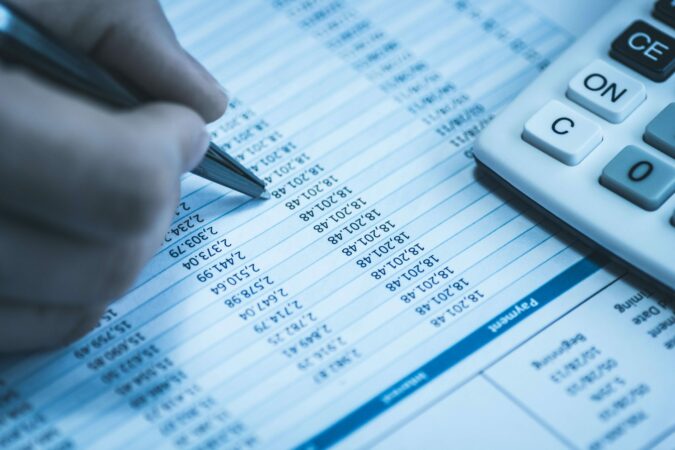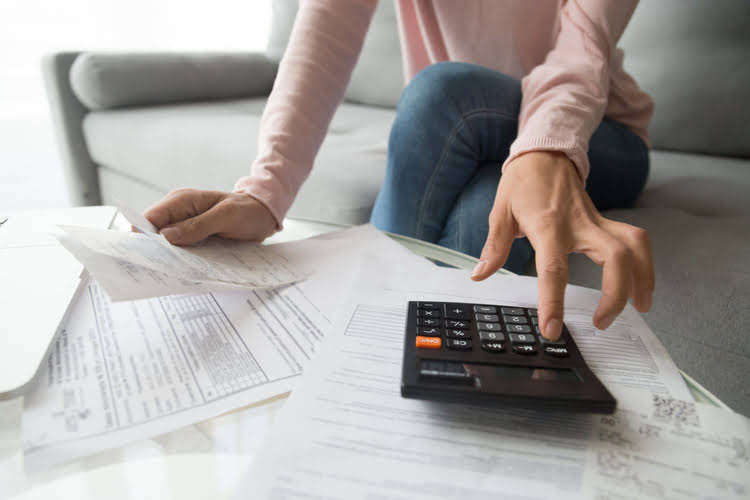
Unlike straight-line depreciation, you do not have to subtract salvage value from the acquisition value prior to calculating depreciation. The book value starts at the acquisition ledger account value and then is recalculated every year after the depreciation expense is taken. The ending book value of one year becomes the beginning book value of the next year. It is essential to note that not all assets are eligible for MACRS depreciation. Additionally, businesses should consult with a tax professional to ensure correct application of MACRS and proper reporting of depreciation expenses on tax returns. Overall, understanding depreciation and its tax implications can help businesses manage their wealth more efficiently by reducing taxable income and optimizing asset investments.
Revaluation of Assets
- Net book value is like the current score of a never-ending soccer match—it tells you what your assets are worth on paper today after accumulated depreciation has had its say.
- Unlike straight-line depreciation, you do not have to subtract salvage value from the acquisition value prior to calculating depreciation.
- Choosing the most suitable depreciation method is essential, as it impacts the timing and amount of depreciation charges and, ultimately, the financial statements.
- If in the next month only 10 items are produced by the equipment, only $40 (10 items X $4) of depreciation will be reported.
- Accumulated depreciation on the other hand is the total of depreciation expenses recorded over the useful life of an asset.
Accumulated depreciation refers to the cumulative depreciation expense recorded for an asset on a company’s balance sheet. It is determined by adding up the depreciation expense amounts for each year. accumulated depreciation meaning Then there’s units of production, which ties depreciation to how much the asset is actually used—a great option if usage varies significantly. Sum-of-the-years’ digits is a bit more complex, offering a depreciation rate that changes each year, based on a digits method where you calculate the sum of the asset’s remaining lifespan. In the case when the company sells or disposes of the asset, the accumulated depreciation corresponding to it is removed from the balance sheet. Still, there are two methods primarily used for the calculation – straight line and double-declining balance.

The Impact of Accumulated Depreciation on Financial Statements
Alternatively, accumulated depreciation can be calculated by adding up all depreciation expenses recorded for the asset to date. Calculating accumulated depreciation is a simple matter of running the depreciation calculation for a fixed asset from its acquisition date to the current date. That means it has a negative balance compared to its corresponding fixed asset account.
Overview of Depreciation Methods
- For example net sales is gross sales minus the sales returns, the sales allowances, and the sales discounts.
- For example, a printing press producing 1 million pages over its lifetime would allocate depreciation based on the number of pages printed annually.
- For example, a manufacturing company with machinery purchased for $100,000 and $60,000 in accumulated depreciation shows a net book value of $40,000.
- Accumulated Depreciation vs. Depreciation Expense is a common accounting confusion.
- This is why it’s reported as a negative balance on the balance sheet under the long-term assets section.
Get free guides, articles, tools and calculators to help you navigate the financial side of your business with ease. Increase your desired income on your desired schedule by using Taxfyle’s platform to pick up tax filing, consultation, and bookkeeping jobs. Knowing the right forms and documents to claim each credit and deduction is daunting. You can connect with a licensed CPA or EA who can file your business tax returns. If the net realizable value of the inventory is less than the actual cost of the inventory, it is often necessary to reduce the inventory amount.


The A/D can be subtracted from the historical cost to arrive at the current book value. Accumulated Depreciation is an accounting measure that quantifies the total depreciation expense of an asset over its lifetime. It represents the decrease in the value of an asset due to wear and tear, obsolescence, or any other factors that reduce https://www.bookstime.com/ its usefulness.

Accounting concept

For example, if you purchase a piece of equipment for $10,000, you would debit the equipment account for $10,000 and credit the cash account for the same amount. The formula for calculating the accumulated depreciation on a fixed asset (PP&E) is as follows. While the depreciation expense is the amount recognized each period, the accumulated depreciation is the sum of all depreciation to date since purchase.
